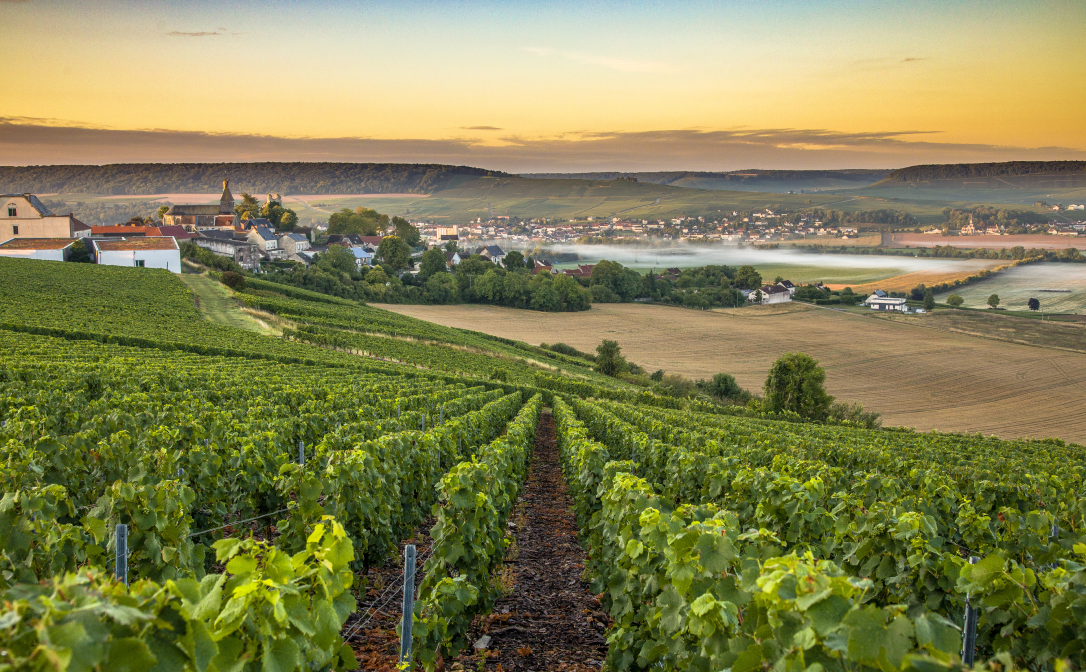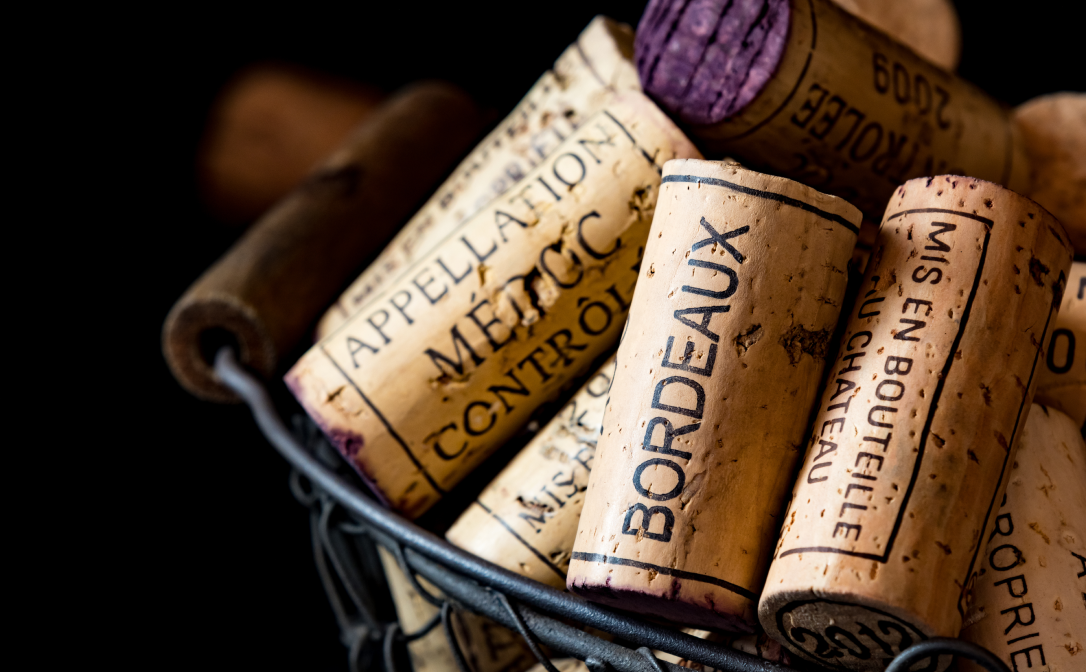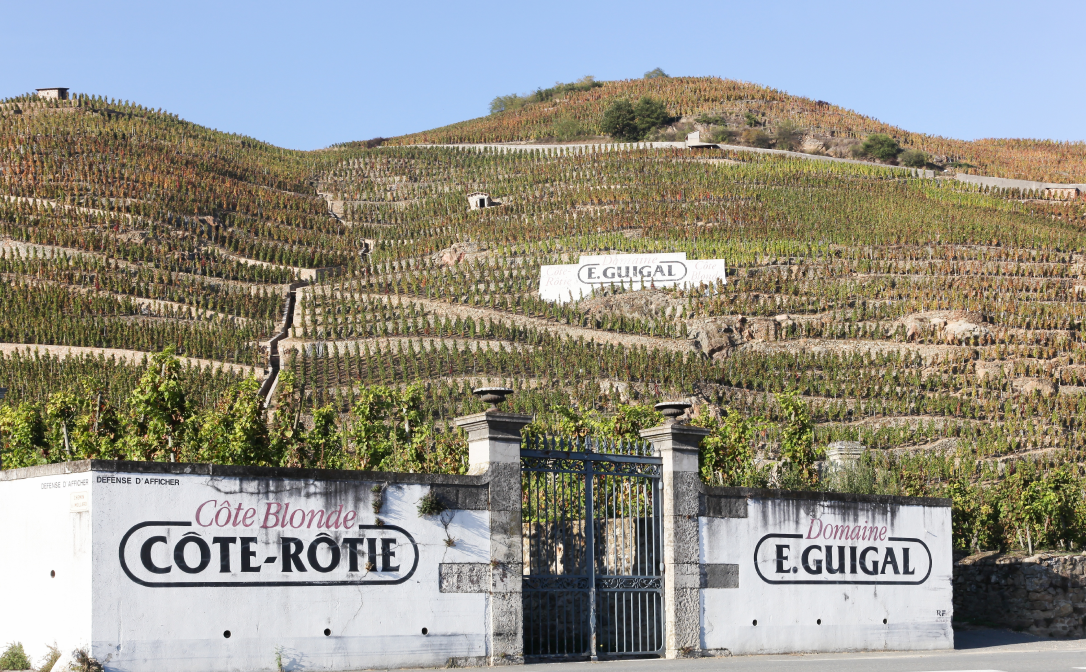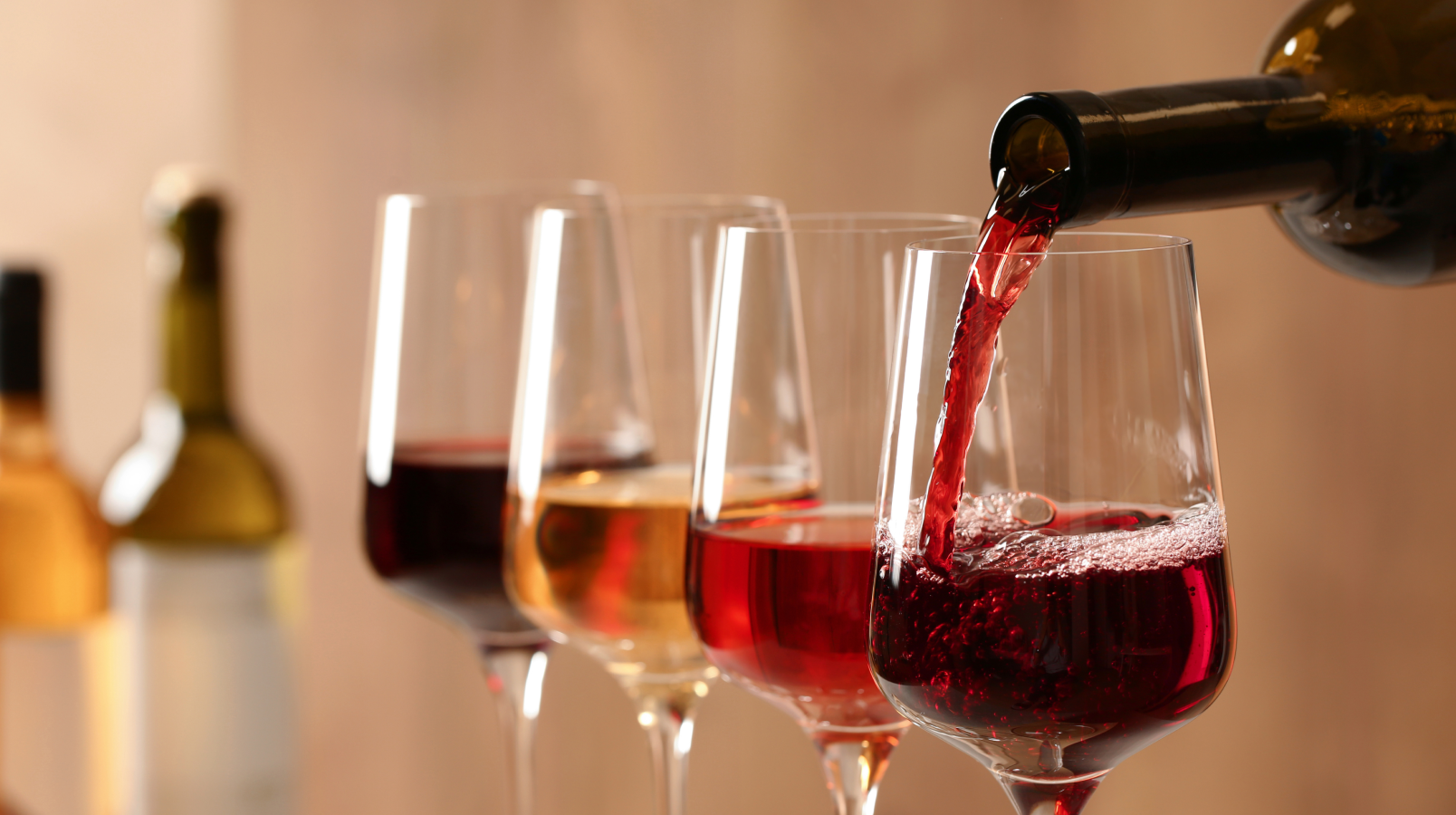The world’s greatest winemakers relish the opportunity to blend wines from different grape varieties, vineyard parcels and barrels each year.
Masterful blending is an art form, comparable to a Michelin star chef creating the perfect dish or an elite conductor crafting an exquisite symphony. It lies at the heart of the world’s greatest wines, from Bordeaux and Champagne to Rioja and Super Tuscans.
Why exactly do winemakers engage in the art of blending? In short, it allows them to create the best possible wine with the ingredients at their disposal. However, there are also legal and commercial considerations when blending wine, as we have explored below.
Want to learn more about the natural and human factors that influence how a wine tastes? Why not register for our Level 3 Award in Wines?
How are wines blended?
The most obvious blends are made from different grape varieties. For example, winemakers can blend Cabernet Sauvignon, Merlot, Cabernet Franc, Petit Verdot and Malbec to create red wines in Bordeaux.
However, there are also many examples of single variety wines that have been blended from different barrels, plots, vineyards or even regions.
Some blends are created from different vintages too. This is common in the Champagne region, with iconic wines such as Laurent-Perrier Grand Siècle serving as the flag bearers. However, some famous still wines also feature multi-vintage blends, such as G3 from Penfolds.

Why are certain wines blended?
There are many different reasons for blending wines. These are some of the most common benefits that winemakers can unlock:
Improve quality
Different wines present the winemaker with a treasure chest of tools, which can be used to handcraft a masterpiece. They can tinker with different varieties, and they can use wines from different parcels too. Some winemakers also like to experiment with wines that have undergone different maceration regimes or oak aging. The end goal is to bring the various components together in order to create a glorious symphony, resulting in a wine of the utmost quality.
Enhance complexity
Blending different grape varieties can add layers of flavour, aroma and texture to the wine, resulting in a more complex and interesting final product. Each component contributes unique characteristics, allowing winemakers to create a wine with a more nuanced profile.
Provide balance
Blending allows winemakers to balance the characteristics of different grape varieties. If one variety has high acidity but a thin body, it can be blended with another variety that has a fuller body and lower acidity to achieve a harmonious balance.
For example, Merlot can provide a soft texture and engaging fruitiness. It is ideal for blending with Cabernet Sauvignon and Cabernet Franc, which can bring firmness and aromatic complexity to proceedings. A winemaker can then add a touch of Petit Verdot to provide the blend with greater power, weight and tannins.
Maintain consistency
Blending can help to maintain consistency from one year to the next. Weather conditions often vary from one growing season to the next, affecting the quality and characteristics of grapes. By blending grapes from different vineyards or regions, winemakers can mitigate the impact of these disparities and ensure a consistent flavour profile.
Mitigate imperfections:
Some individual batches of wine may have flaws that can be improved through blending. For example, if a wine lacks complexity or depth, blending it with another wine with complementary qualities can mitigate those imperfections.
Meet market demand
Blending allows producers to tailor their wines to meet consumer preferences or capitalise upon market trends. For instance, a blend might be created to appeal to a specific target demographic or to deliver a particular style that is popular in a specific market.
Economic considerations
Blending can also be driven by commercial factors. It may be more cost-effective to blend grapes from different vineyards or regions, especially if certain grape varieties are more expensive or difficult to cultivate.
Tradition
Tradition also plays a key role in blends. Historic wine-producing regions, such as Bordeaux and the Rhône, have developed their blends over many centuries. The grapes have always grown alongside one another in those regions, making them natural bedfellows.
These classic French blends often serve as the benchmarks in the New World. You will often find superb Bordeaux blends in Napa Valley, Hawke’s Bay, Stellenbosch, Margaret River and Puente Alto, for instance, while Rhône-inspired GSM (Grenache, Syrah, Mourvèdre) blends are thriving in Australia, South Africa and the United States.

Creating the perfect blend
Creating the ideal wine blend is similar to building a successful sports team. When combined, the players are greater than the sum of their parts.
For instance, football fans will be aware that the best midfields blend steel with flair. That’s why Gennaro Gattuso and Andrea Pirlo powered Italy to glory at the 2006 World Cup, whereas England’s so-called “golden generation” failed, as midfielders Steven Gerrard and Frank Lampard were too similar.
If you’re not a sports fan, think about creating the ideal a cappella group. You need a range of vocal parts, such as soprano, alto, tenor and bass, but members must be able to adjust their tone and volume to create seamless harmonies.
You can also consider food. The sweetness of a ripe melon contrasts beautifully with the salty, savoury taste of prosciutto. When combined, they vastly exceed the sum of their parts. The same is true of a Caprese salad. Not only is it visually appealing, but the mozzarella, tomato and basil also provide a perfect harmony of textures and flavours.
Examples of blended wines
The most famous blended wines are typically made up of multiple grape varieties:
Bordeaux
In red Bordeaux wines, the grapes can include Cabernet Sauvignon, Merlot, Cabernet Franc, Petit Verdot and Malbec. White Bordeaux wines can include Sauvignon Blanc, Semillon and Muscadelle.
Champagne
Champagne can be made from a blend of three grape varieties: Chardonnay, Pinot Noir and Pinot Meunier. There are single varietal wines, such as Blanc de Blancs or Blanc de Noirs, but most use different varieties to create balance. A chef de cave can also blend wines from different vineyards in the region, while non-vintage Champagne uses wines from different vintages to maintain a house style.
Rioja
The primary grapes used in red Rioja blends are Tempranillo, Garnacha (Grenache), Graciano and Mazuelo (Carignan). The proportions of these grapes may vary depending on the style of Rioja being produced, such as Crianza, Reserva or Gran Reserva.
Côtes-du-Rhône
Wines from the Rhône Valley in France frequently feature blends of several grape varieties. In the northern Rhône, Syrah is the predominant grape, while in the southern Rhône, blends often include Grenache, Syrah, Mourvèdre and other local varieties such as Cinsault and Carignan.

Regulations around blending
In most regions, winemakers must adhere to strict rules when blending. These are some examples from around the world:
Chianti Classico
Chianti Classico wines must include a minimum of 80% Sangiovese in the blend. Winemakers are allowed to use additional red grapes – such as Colorino, Canaiolo Nero, Cabernet Sauvignon and Merlot – but the proportion cannot exceed 20%.
From the 2027 vintage onwards, Chianti Classico Gran Selezione wines will be required to comprise at least 90% Sangiovese. These regulations are intended to ensure that the wines reflect the unique characteristics of the Sangiovese grape and the region’s terroir.
Napa Valley
In the United States, there are guidelines set forth by the Alcohol and Tobacco Tax and Trade Bureau regarding variety labelling. Producers in Napa need to use a minimum of 75% Cabernet grapes in order to label a wine “Cabernet Sauvignon”.
Other grape varieties, including Merlot, Cabernet Franc, Petit Verdot or Malbec, can be used in the blend, but they must not exceed 25%. The same is true of wines labelled “Merlot” – it must be the dominant varietal in the wine.
Sherry
Local regulations include specific requirements for the percentages of Palomino grapes used in different styles of sherry, such as Fino, Manzanilla, Amontillado, Oloroso, and Palo Cortado. For example, Fino and Manzanilla sherries are typically made from 100% Palomino grapes, while Amontillado and Oloroso Sherries may include a small percentage of Pedro Ximénez or Moscatel grapes to add sweetness and complexity.
To find a course provider for the Level 3 Award in Wines, visit our Where to Study page.


